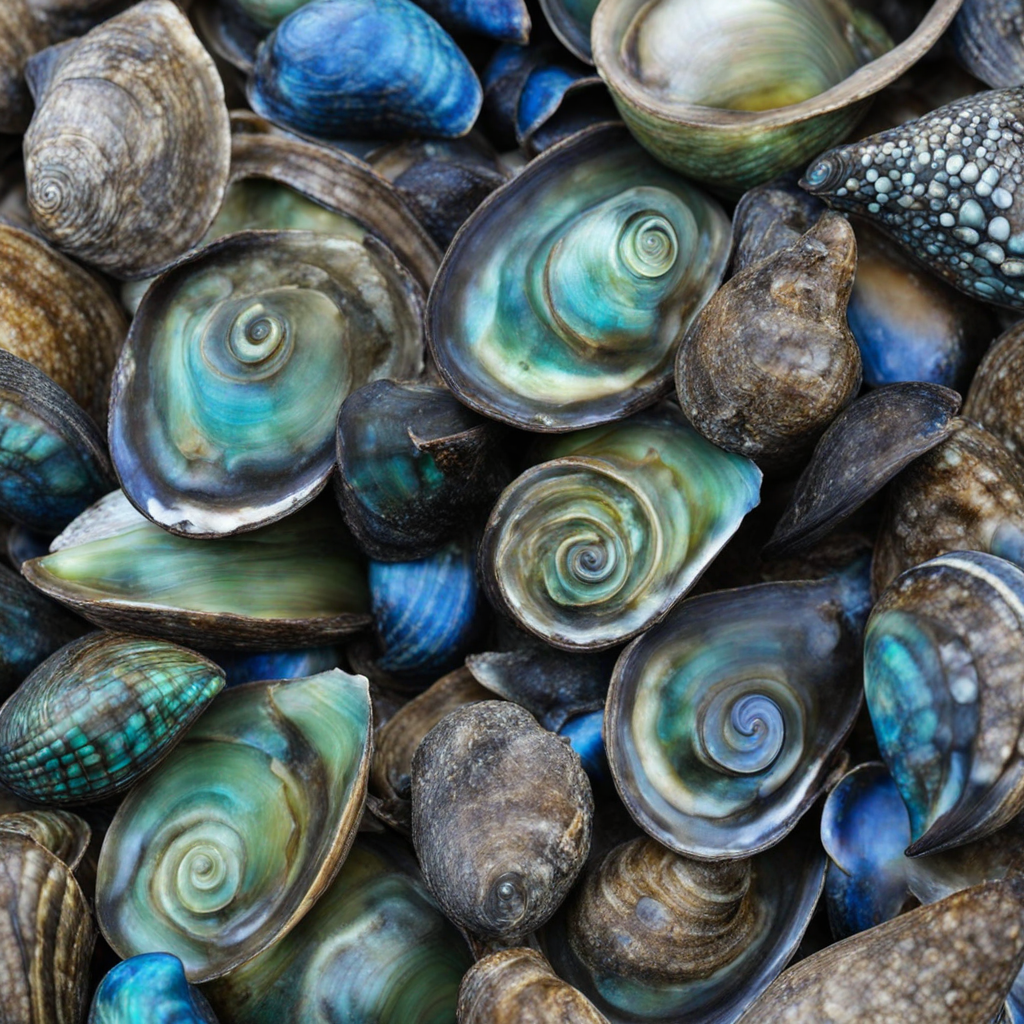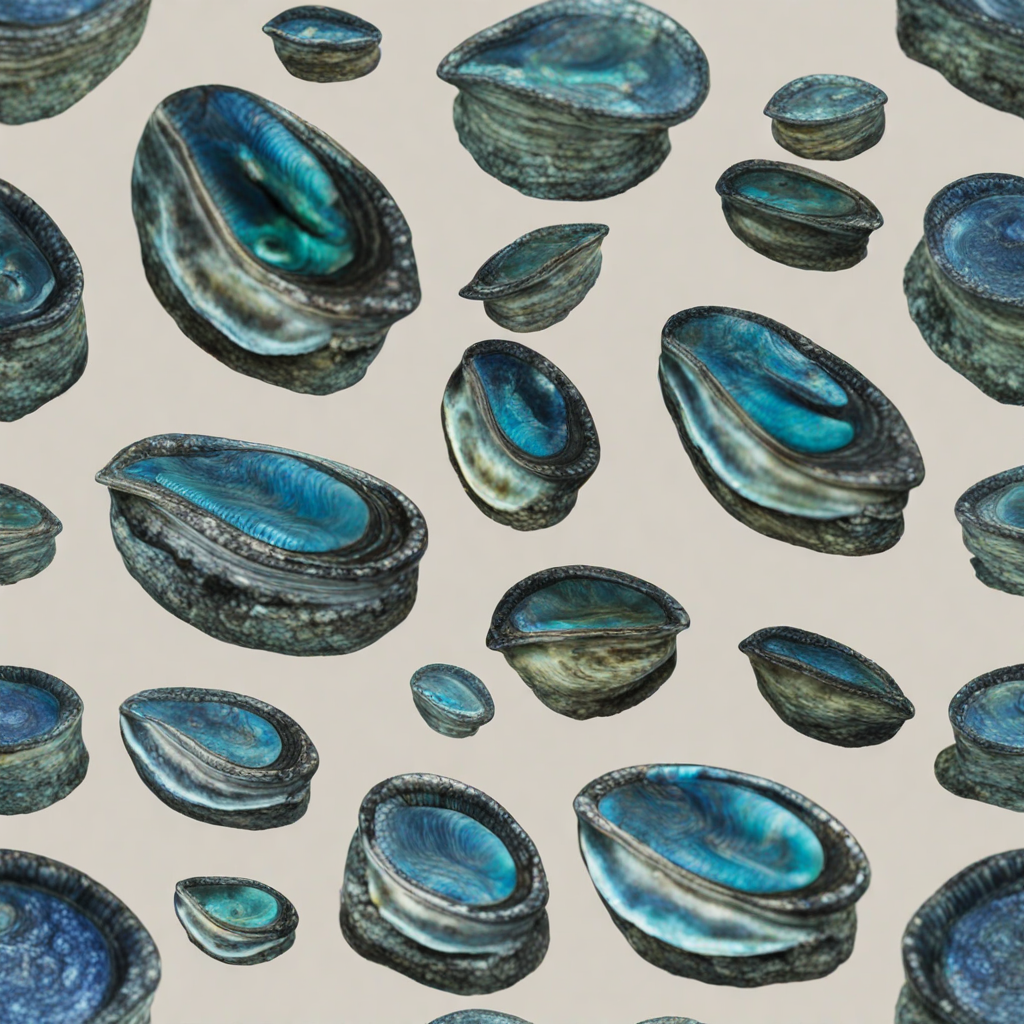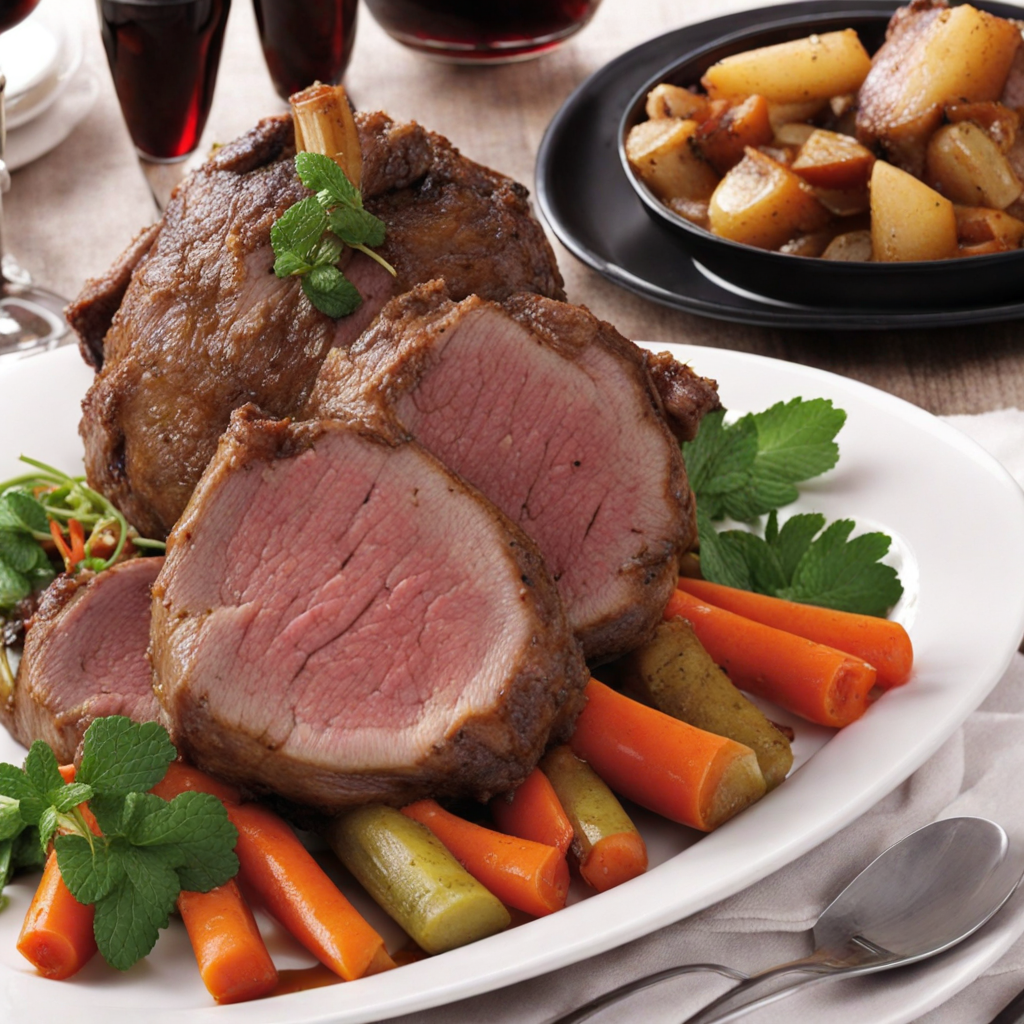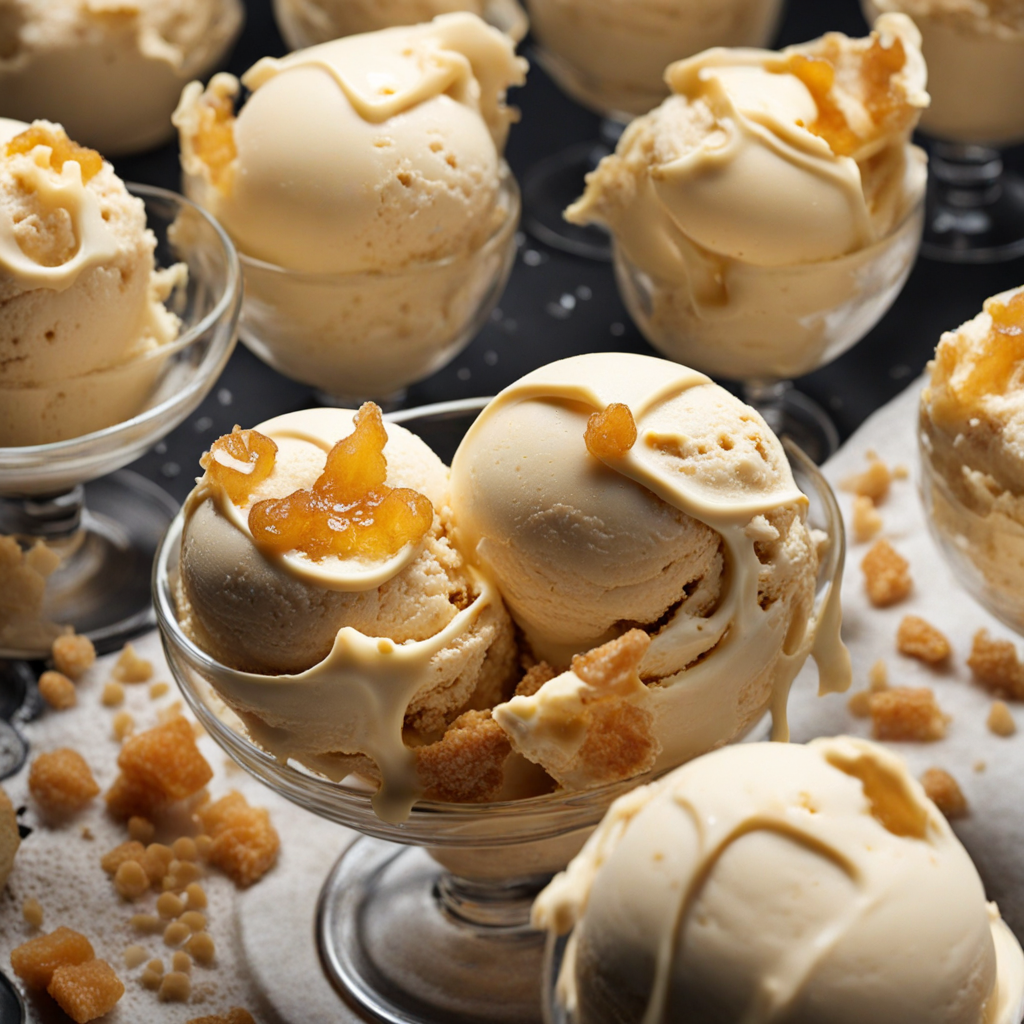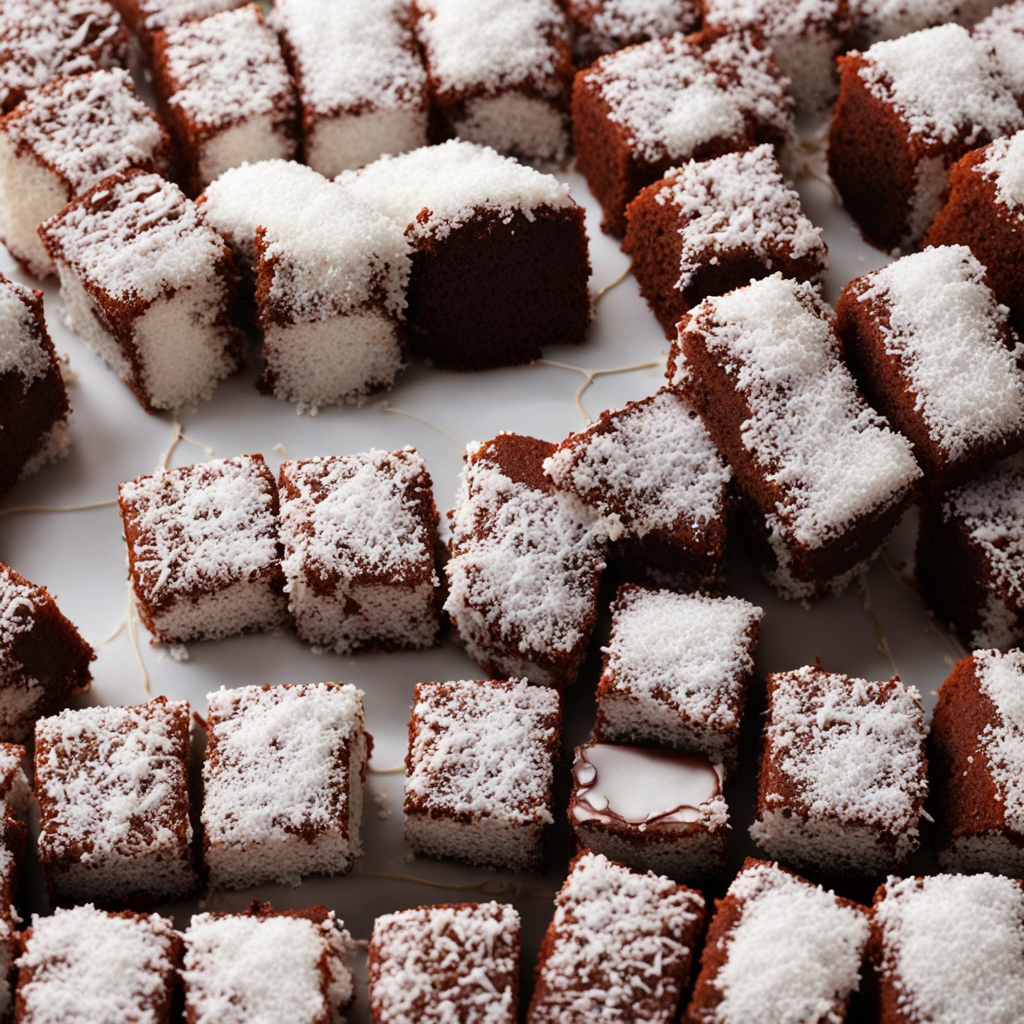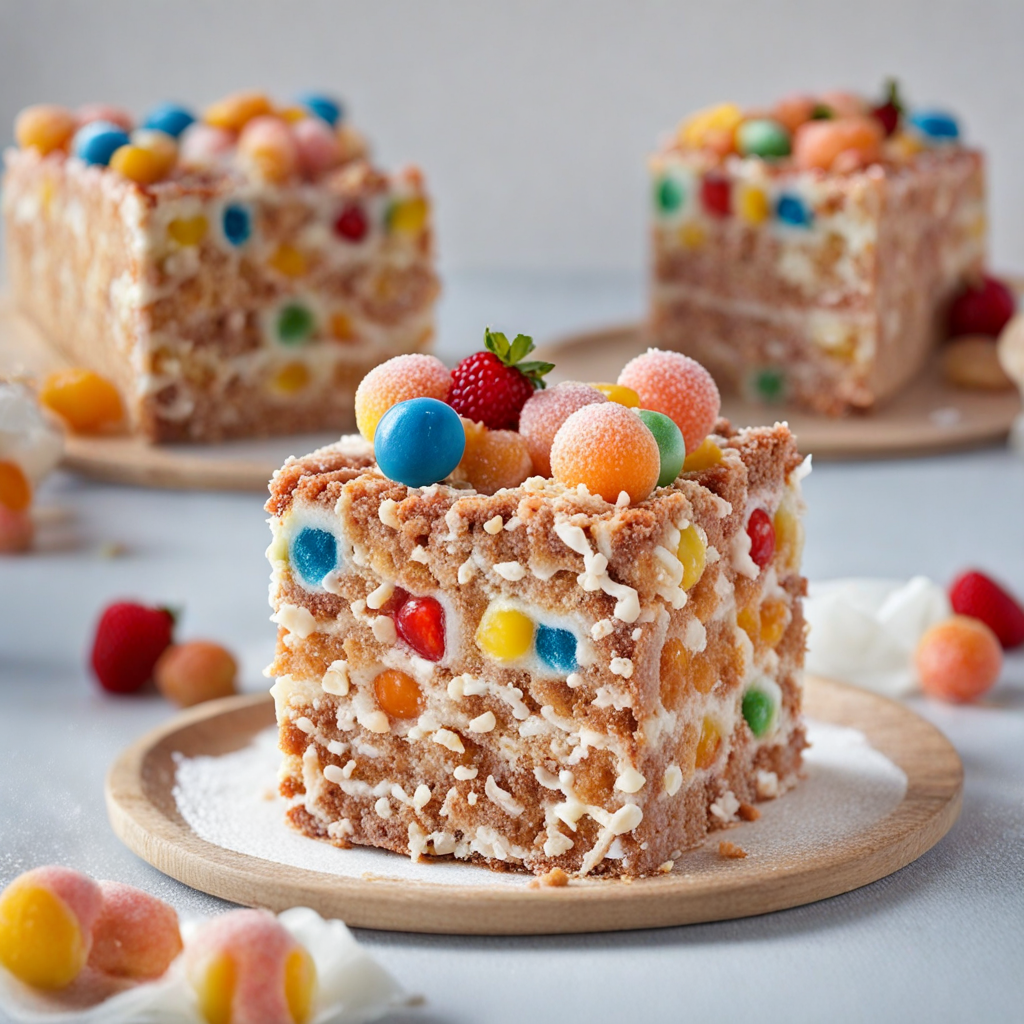Paua
Paua, known as abalone in other parts of the world, is a unique shellfish native to the coastal waters of New Zealand. Its vibrant, iridescent shell is a striking feature, often showcasing shades of blue, green, and purple. The meat of paua is renowned for its firm texture and rich flavor, which offers a delightful umami experience that is distinct from other seafood. This delicacy is often harvested by divers and is prized not just for its taste but also for its cultural significance in Māori cuisine, where it is considered a traditional food source.
How It Became This Dish
The Rich History of Paua: New Zealand's Iridescent Delicacy #### Origins and Habitat Paua, known scientifically as Haliotis, is the Māori name for the abalone species found along the rugged coastlines of New Zealand. This marine mollusk has been a significant part of the coastal ecosystem and the culinary landscape of Aotearoa (New Zealand) for centuries. Found in the nutrient-rich waters around the islands, paua thrives in rocky intertidal zones, where they attach themselves to rocks and feed on algae. The iridescent shell of paua, with its brilliant shades of blue, green, and purple, has long captivated humans, serving not only as a food source but also as a canvas for artistic expression. #### Cultural Significance Paua holds a special place in Māori culture, both as a food source and as a symbol of identity and heritage. Traditionally, Māori utilized paua not only for its flesh but also for its beautiful shell, which was crafted into tools, jewelry, and ornaments. The shells were often polished to a high sheen, revealing their striking colors, and became a material for carving intricate designs that held cultural significance. The harvesting of paua is deeply intertwined with Māori customs and practices. The traditional gathering of this delicacy is not just about sustenance; it is a communal activity rich with cultural rituals. Māori often engaged in a practice called “mahinga kai,” which refers to the gathering of food from natural resources. This practice fosters a deep relationship with the land and sea, emphasizing sustainability and respect for the environment. Today, paua is still harvested by Māori communities, who adhere to traditional methods while also managing their resources to ensure that future generations can enjoy them. Paua is often featured in traditional Māori feasts, known as “hākari.” These gatherings celebrate significant events such as weddings, funerals, and other important milestones. The preparation and sharing of paua during these events highlight its communal significance, reinforcing bonds among family and friends. #### Culinary Evolution Historically, paua was prepared using simple techniques. Māori would often steam or boil the mollusk, enhancing its natural flavors. The flesh was sometimes pounded and mixed with other ingredients to create traditional dishes. As European settlers arrived in New Zealand in the 19th century, they were introduced to paua and began to adopt it into their own culinary practices. The settlers’ influence led to the development of various recipes that incorporated paua, marking the beginning of its evolution as a gourmet ingredient. By the late 20th century, paua began to gain recognition beyond local palates. As New Zealand’s culinary scene evolved, chefs started to experiment with paua, introducing it into high-end dining establishments. Its unique flavor and texture made it a sought-after ingredient in gourmet dishes. Paua can now be found in a variety of preparations, from traditional Māori recipes to modern fusion cuisine. Chefs have created dishes such as paua fritters, paua ceviche, and paua pasta, showcasing its versatility and adapting it to contemporary tastes. The rise in popularity of paua has also spurred the development of aquaculture. In response to overfishing concerns and the need for sustainable practices, New Zealand has seen an increase in farmed paua. This shift not only helps to preserve wild populations but also makes paua more accessible to consumers worldwide. Aquaculture practices have evolved over the years, focusing on creating environments that mimic natural habitats to ensure the quality and flavor of the mollusk remain intact. #### Economic Impact Paua has significant economic importance for New Zealand, both for local communities and the national economy. The paua industry, encompassing both wild harvesting and aquaculture, contributes millions of dollars annually. Paua is exported to various countries, particularly to Asia, where it is highly valued as a delicacy. The global demand for paua has led to the establishment of strict fishing regulations to protect its populations and ensure sustainable practices. Local communities, particularly those with strong Māori ties, benefit economically from paua harvesting. Many Māori enterprises are involved in the paua industry, ensuring that profits are reinvested into their communities. The success of these businesses has allowed for cultural revitalization and the preservation of traditional practices associated with paua harvesting. #### Challenges and Future Despite its rich history and cultural significance, the paua industry faces challenges. Overfishing, climate change, and habitat destruction have raised concerns about the sustainability of paua populations. To combat these issues, both governmental and indigenous organizations have implemented conservation measures, promoting responsible harvesting practices and the importance of maintaining healthy marine ecosystems. Education and awareness campaigns have also been initiated to inform consumers about the importance of sustainable practices. Eco-labeling and certification programs help guide consumers towards responsibly sourced paua, ensuring that they are making informed choices that support both the environment and local communities. As New Zealand continues to navigate the complexities of globalization and environmental change, the future of paua remains intertwined with its cultural significance and the values of sustainability. The deep-rooted traditions associated with paua harvesting serve as a reminder of the interconnectedness of food, culture, and the environment. The continued appreciation for this unique ingredient not only honors its past but also paves the way for its future—one that respects the delicate balance of nature while celebrating the rich culinary heritage of New Zealand. #### Conclusion Paua is more than just a food item; it is a symbol of New Zealand’s cultural identity, a testament to the harmony between people and nature. From its origins as a traditional food source for Māori to its status as a gourmet delicacy embraced by chefs worldwide, paua encapsulates the rich history and evolving culinary landscape of New Zealand. As we savor the flavors of this iridescent mollusk, we are reminded of the importance of preserving both its cultural heritage and its ecological future. Paua is a celebration of history, community, and the enduring relationship between food and culture in Aotearoa.
You may like
Discover local flavors from New Zealand


